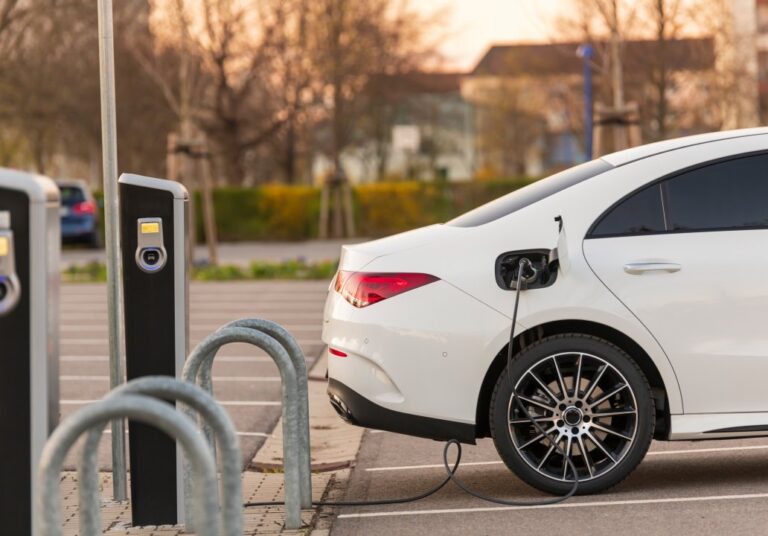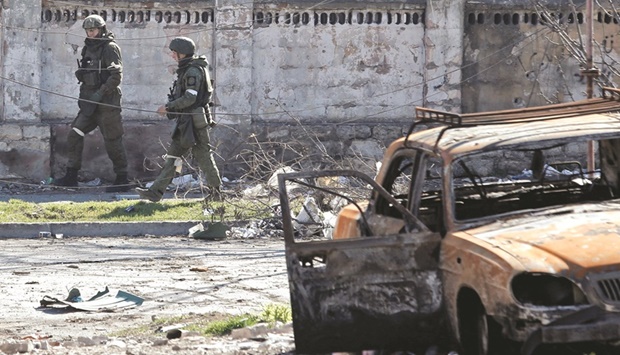Why Japan will struggle to do without Russian energy

After reports of alleged war crimes in Ukraine by Russian forces, Japan said it will follow the European Union and Group of Seven countries and ban imports of Russian coal. Prime Minister Fumio Kishida said the country will secure alternative sources of energy in a speedy manner, although no time frame was given. But shifting away from Russian fuel will be easier said than done for resource-poor Japan.
WHAT SANCTIONS HAS JAPAN IMPOSED ON RUSSIA?
Ever since the invasion of Ukraine in late February, Japan has joined the US and European countries in sanctioning Russia. It has imposed export controls, including on semiconductors and has sanctioned some oligarchs and their family members. Russia is barred from issuing government bonds in the country. Japan is also taking in Ukrainian refugees.
WHAT ABOUT ENERGY?
Japan had drawn a line there, as it has few resources of its own. Russia supplies Japan with 13 per cent of its coal for power generation, known as thermal coal; 8 per cent of the coal used in steelmaking and 9 per cent of its liquefied natural gas. Japan has stakes in the Sakhalin-1 and 2 oil and gas projects in Russia, which Kishida has called “an extremely important project for energy security.” But on Apr 8 trade minister Koichi Hagiuda said Japan “will aim to stop importing coal from Russia” as a longer-term goal.
WHY THE CHANGE?
Japan was standing with its G7 partners, who expressed outrage over reports of atrocities committed by Russian forces in Ukraine. “There needs to be accountability for such inhumane acts,” Kishida said, adding that he believes Russia committed war crimes in Ukraine.
WHAT ARE THE CHALLENGES FOR JAPAN?
The global market for thermal coal is already tight, and with the EU also phasing out Russian coal, competition from other countries will increase, said Ali Asghar, an analyst at BloombergNEF. That means prices could rise, which could then translate into even higher electricity bills. Energy-intensive industries such as chemical manufacturers would be especially hard hit, and some might look for other sources of fuel.
Longer term, a drive to cut Japan’s dependency on coal could accelerate the transition to renewable energy and the restarting of nuclear power plants that were taken offline following the 2011 Fukushima disaster, said Isshu Kikuma, another analyst at BloombergNEF.
That said, neither offer immediate solutions. Hagiuda, the trade minister, said Japan will, over time, use energy conservation, other power generation and supplies from alternative countries to reduce its dependency on Russia.
CAN OTHER SUPPLIERS REPLACE RUSSIAN COAL
Not exactly, as Japan will have to take into account the variety of coal grades. Some power plants and furnaces are most suited for Russian coal and can’t easily replace it with supplies from Australia or Indonesia.
There are also logistical complications when it comes to quickly pivoting to new sources, as shipments may come from producers that are farther away or there may not be vessels readily available.
WHAT ABOUT THE OTHER FOSSIL FUELS?
Japan is facing a pretty tight supply situation. Tokyo hasn’t announced any intention to walk away from its energy projects in Russia, as UK oil majors BP and Shell have said they would do. It also has avoided any direct action on Russian oil and gas so far, in line with the EU.







